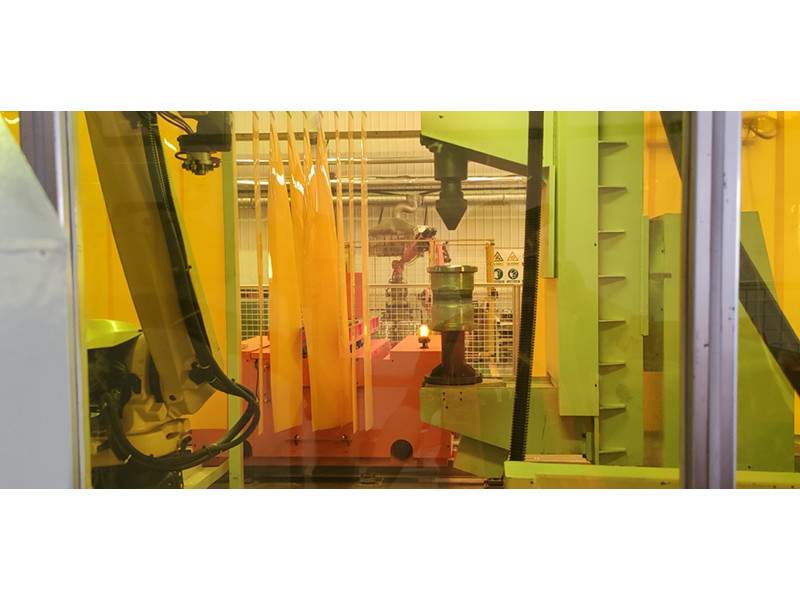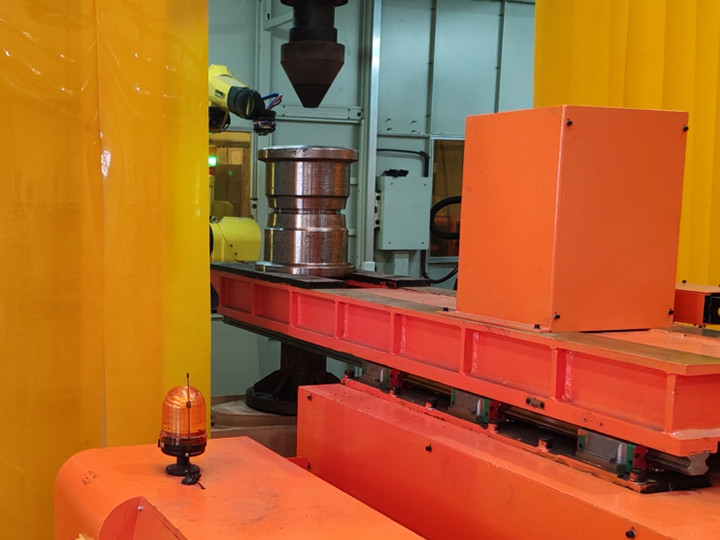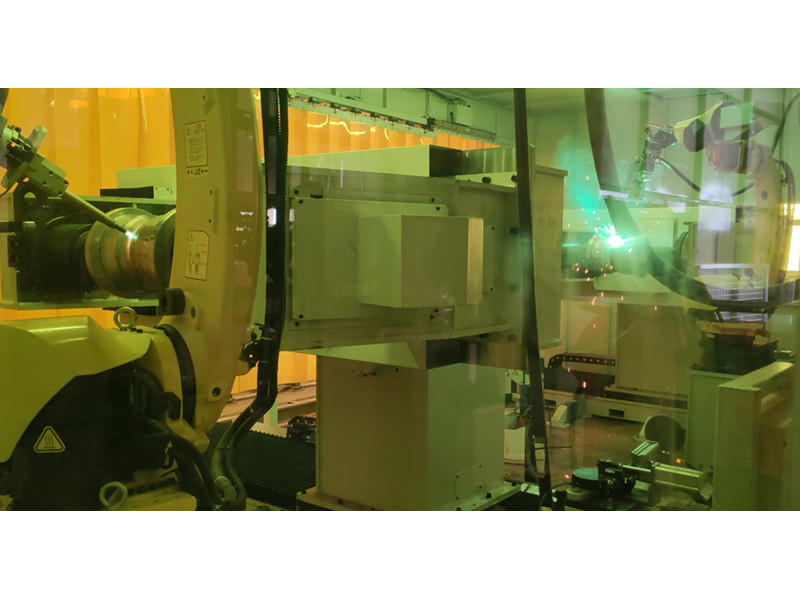3D Laser Welding System: Analysis of the Core Technology Driving the Upgrading of the Manufacturing Industry
The 3D laser welding system realizes efficient and precise processing in three - dimensional space through the collaborative operation of fiber laser technology and robots. Its core functions include:
1. Millimeter - level Welding Precision: With the six - axis - linkage robotic arm and vision positioning system, the welding precision can reach ±0.05mm. For example, the yield rate of automobile cylinder block welding can be increased by more than 20%, completely eliminating the welding point defects caused by angle deviation.
2. Efficient Non - contact Processing: The high - energy - density laser beam increases the welding speed by 3 - 5 times. Combined with the non - contact process, it reduces workpiece deformation and subsequent correction processes. For example, the production cycle of thin - walled medical device parts can be shortened by nearly 50%.
3. Adaptability to Complex Structures: It supports various welding modes such as spot welding, seal welding, and curved surface welding, meeting the welding needs of special - shaped components such as aerospace engine blades.
4. Intelligent Process Optimization: Some systems are integrated with an AI parameter adaptive module, which can recognize the weld appearance and dynamically adjust the power and path, reducing the operation threshold.
Innovative Application Scenarios and Industry Transformation
This technology has deeply penetrated into the high - end manufacturing field:
- Automobile Manufacturing: It has extended from traditional body welding to the processing of new - energy vehicle battery modules. Laser technology can not only weld high - strength aluminum alloy frames but also precisely cut battery tabs, facilitating integrated production.
- Aerospace: It is used for aircraft fuselage skin welding and rocket engine pipeline sealing. The heat - affected zone of laser welding is less than 0.1mm, ensuring the reliability of key components in extreme environments.
- Precision Electronics: It realizes micron - level welding of mobile phone middle frames and circuit board components, and at the same time cleans the surface oxide layer of electronic components, improving the product yield.
- Medical Devices: It completes the seamless welding of titanium alloy bone nails and the precise processing of micro - components of endoscopes, meeting the biocompatibility requirements of medical devices.
Technical Advantages and Improvement of Production Efficiency
Compared with traditional processes, the 3D laser welding system has achieved breakthroughs in three dimensions:
1. Flexible Production: The six - axis robotic arm can rotate 360°, combined with offline programming technology. The same workstation can process workpieces of multiple specifications, and the equipment utilization rate is increased by more than 40%.
2. Material Compatibility: It supports the welding of dissimilar metals of various materials such as stainless steel, aluminum alloy, and titanium alloy, breaking through the material limitations of traditional processes.
3. Optimization of the Whole - life - cycle Cost: Although the initial equipment investment is relatively high, its processing efficiency can reduce the single - piece cost by more than 30%, especially showing significant benefits in mass production.
Future Technology Iteration Directions
The industry is promoting technological innovation in three directions:
1. Integrated Control Unit: Develop an intelligent galvanometer system that can synchronously adjust the focal length and power to solve the defocus problem in complex curved surface welding.
2. Low - carbon and Energy - saving Design: Research and develop low - power - consumption fiber lasers, reducing energy consumption by 30% while ensuring an output power of 3kW.
3. Upgrade of Human - machine Collaboration: Realize the visual debugging of the welding path through augmented reality (AR) technology, shortening the development cycle of new processes.
As the global manufacturing industry transforms towards intelligence, the 3D laser welding system is evolving from a single processing equipment to a core node of the smart factory. While improving processing precision, through data interaction with the MES system, it realizes full - process digital management from order placement to quality traceability, continuously promoting the industrial upgrading in the field of precision manufacturing.


